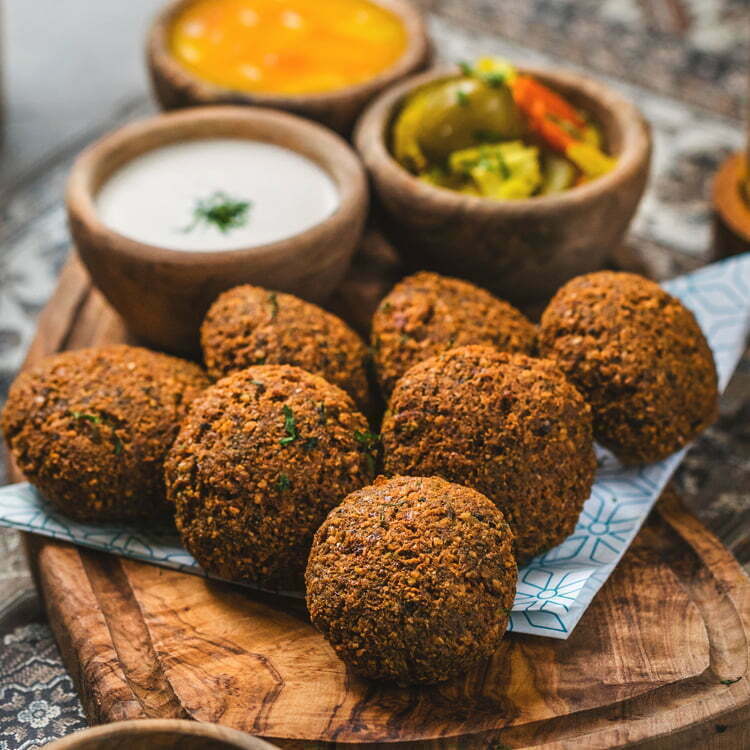Prepared by Shannon MacLean, R.H.N., C.H.N.C., BA-IR
Be Specific
Using child-centric nutrition phrases has been studied to increase kids’ openness to trying new foods. Phrases such as: “vegetables keep you from getting sick”, “protein helps you learn”, “fish makes us smarter”, “eggs will make you grow stronger”, and (especially effective for aspiring superheroes), “this grass-fed meatloaf will help you run faster, jump higher, and move with lightning speed!”. These work much better than vague phrases such as “this is good for you”, which is often too abstract for a child to understand or make relevant to their own aspirations
Hide and Go Tweak
Smoothies are a great place to hide vegetables, as their flavor and texture can be concealed by fruit. Rotate your leafy greens, adding spinach, romaine, radish greens, kale, or swiss chard to your classic fruit smoothie. Cucumber, broccoli, zucchini, cauliflower, beet, carrot, avocado, lemon, and lime can all be added in smaller amounts. Fresh herbs such as basil, mint, cilantro, cinnamon, turmeric, and ginger can also be added in moderation, boosting nutrient density, blood-sugar balance, and flavor. Avocado, nut butter, coconut milk, hemp hearts, chia seeds, hemp oil, ghee, or coconut oil can provide healthy fat and protein. Unplug the blender and let children pick their additions, or let them press power once everything is locked and loaded. Another trick is to mix canned wild salmon with grated carrots, finely chopped celery, fresh dill, and mayonnaise. Try chopping large bags of carrots and celery ahead of time, storing in water. If kids ask for food before dinner is ready, they may be hungry to enough to gobble up a tray of those vegetable sticks while still saving room for dinner.
State Change
Vegetables change greatly depending on how they’re prepared. If your child doesn’t like a certain vegetable, try roasting, which caramelizes and adds desirable flavor and crunch. Other ideas include chopping in a new way, or changing texture by blending vegetables in soup or making into a smooth sauce. Hand blenders work well for this. Adding healthy fats to vegetables make them more flavorful, comforting, satiating, and enduring. Top soup with a swirl of olive oil, add avocado and cheese slices to dinner, or serve veggies with hummus.
Tapas
Young children can get overwhelmed by a wide variety of food on one plate, and even by different foods intermingling. Try serving on plates with separate compartments, or using a tapas approach, with a variety of foods in separate bowls, allowing them to feel in control of their selection.
Participate to Appreciate
When children participate in the many stages of food prep, from gardening to meal planning, meal prep, and clean-up, they are more likely to appreciate and explore new foods. We can all benefit from contemplating all the stages of our foods’ journey that leads to our plates. Start a garden, grow herbs or sprouts on your windowsill, harvest fruit trees, pick berries, or take kids fishing. Make dishes personal by allowing kids to invest time learning and forming opinions about them. Discuss seasonal foods, colors, and shapes. Pick a meal and allow them to steer its direction with fillings or toppings. Let them taste food while it’s cooking, asking their opinion. They may learn to discern whether they desire a different texture, or more spice, salt, sweetness, or citrus. This will help them form more helpful feedback than, “I don’t like it”, and could even steer them toward being adept cooks themselves.
Lead by Example
To suspect new food could be scary and poisonous is actually a deeply ingrained survival instinct that has gotten us where we are today. It’s natural for kids to be suspicious. Lead by example by eating a wide variety of whole foods yourself, and continuing to put them on the table, whether they are shared or not. One day those once-strange foods will look and smell familiar, and maybe even become appealing. Aim to keep dinner-time positive. Not only does this increase digestive secretions (and in turn digestive efficacy) for everyone, but will make it easier to get kids to try new foods. Get creative, cutting food into shapes, giving meals fun names, or serving dinner in an unconventional dish. And finally, if all else fails, keep it simple. Kids don’t generally crave fancy meals; they are more likely to partake in nutrient-dense, simply prepared whole foods. And that’s a blessing in more ways than one.
Shannon MacLean is a Registered Holistic Nutritionist with a BA in International Relations. Open for bookings at Balu Yoga and Wellness, she offers holistic nutrition consulting and menu plans. Shannon is passionate about wild foraging, recipe creation, and all things health and wellness.
